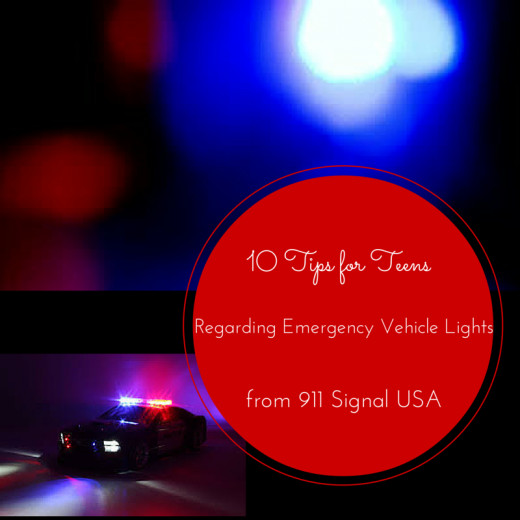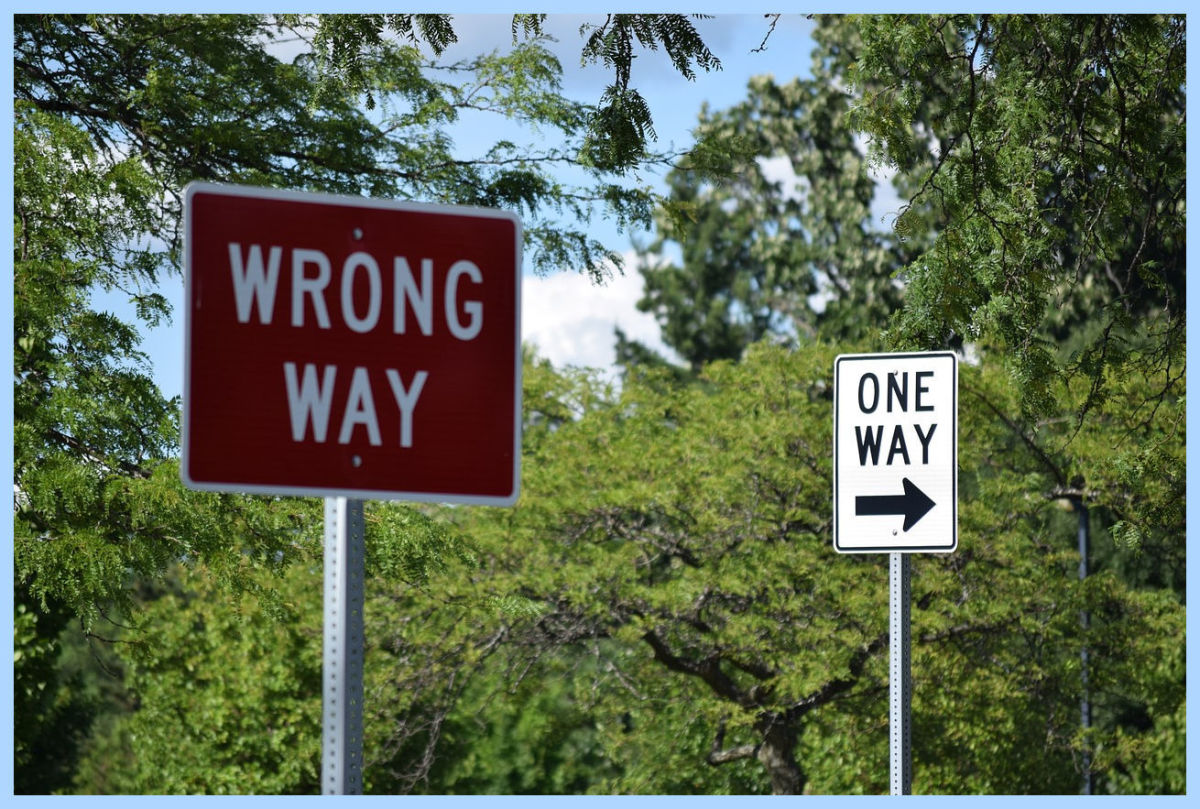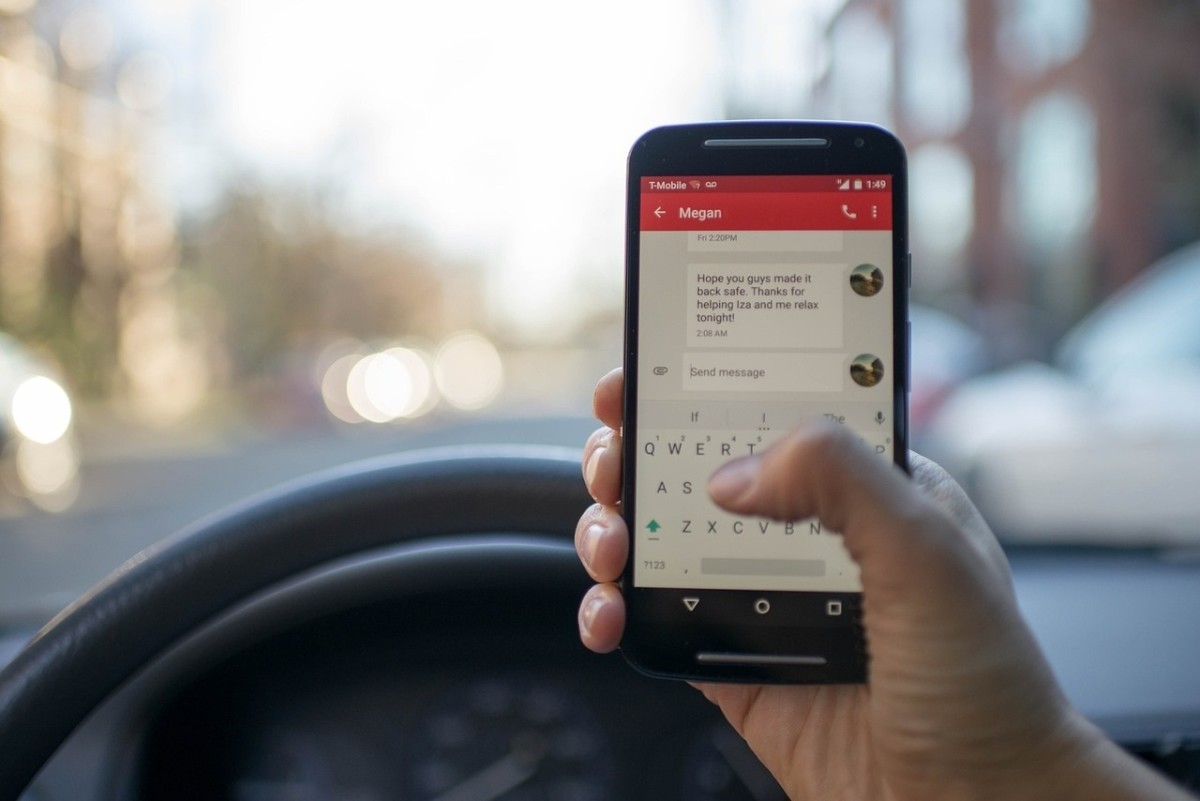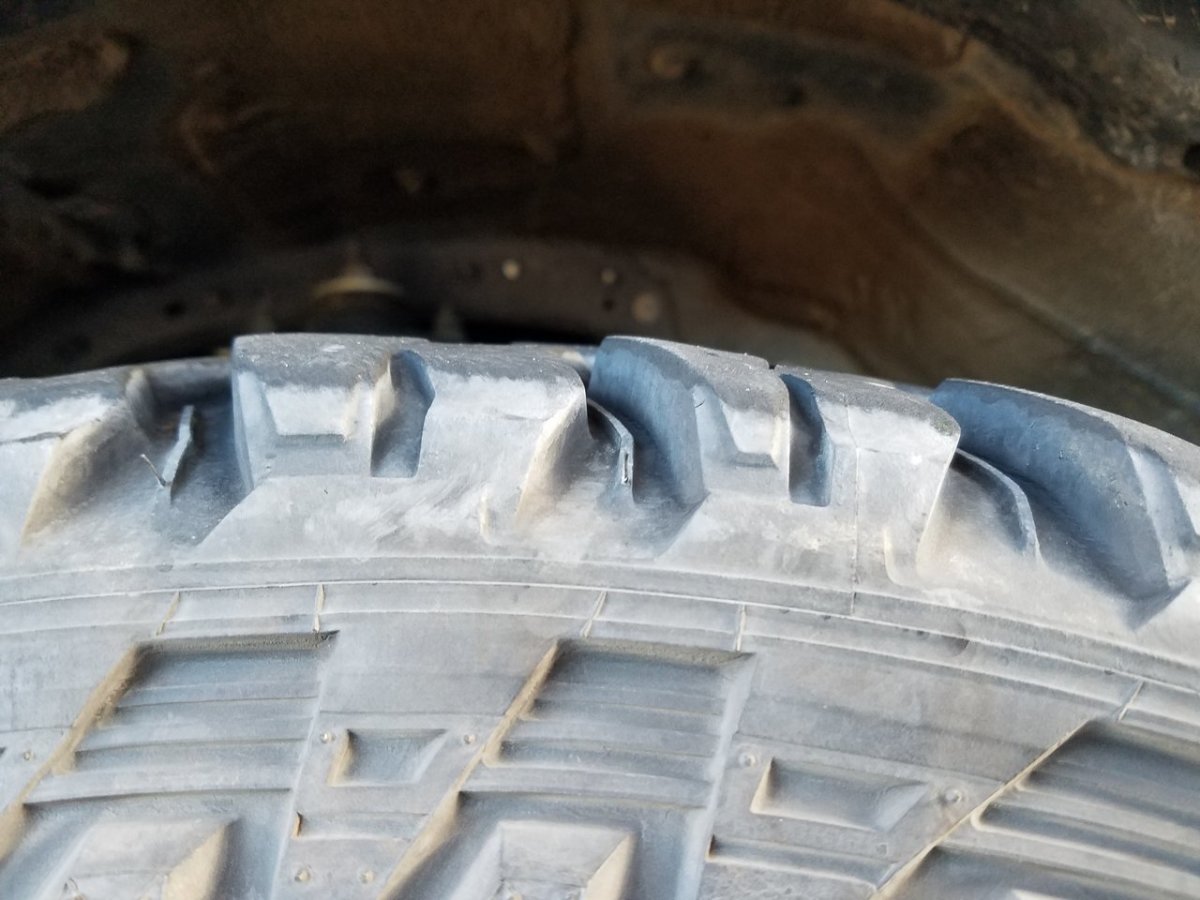10 Tips for Teen Drivers Regarding Emergency Vehicle Lights

Help Teen Drivers know what to do when they see Emergency Vehicle Lights on the Road
Parents, grandparents, aunts, uncles, teachers, and many others worry about the safety of teen drivers when they venture onto the road on their own. Sure, they take courses and practice driving with their parents or other guardians, but when they hit the road on their own, all you can do is hope they remember everything they have learned. One of the most confusing occurrences for young drivers is what to do when they see flashing warning lights on the road. To help make this clearer, I have gathered the following emergency vehicle light driving tips for teen drivers.
Tip #1: Don't Panic!!!
The most important lesson that teens must understand about emergency vehicle lights is not to panic!
First, and foremost, the most important lesson that teen drivers must understand is they should not panic when approached by emergency warning lights on the road. This is an important driving tip for teens because if a young driver panics when they see lights on the road, they can make decisions that can cause chaos on the road. Instead, of panicking, teen drivers must know what they should do when they see flashing lights. First, teens will need to be aware of their surroundings and make appropriate driving maneuvers based on the situation.
Tip #2 Understand what Warning Lights Require You to Pull Over to the Side of the Road
Not all Flashing Lights on the Road Require Drivers to do Anything
After ensuring teens won't panic on the road, the next most important thing for young drivers to understand is what type of emergency lights require drivers to pull over. This is an important distinction to make because not all warning lights require a driver to alter their behavior. For instance, police lights, fire truck lights, and the warning lights on ambulances require drivers, of any age, to pull over to immediately pull over to the side of the road. However, flashing lights on snow plows, garbage trucks, school buses, funeral escorts, utility trucks, tow trucks, and several other vehicles don't require a driver to alter their behavior at all. In fact, if a young driver did pull over when approached by non-emergency vehicles, it could cause a dangerous situation on the road.
Tip #3: Know the Move Over Laws in Your State
Even though teen drivers study to earn their driver's test and practice driving before being granted their license, there is a chance they may never encounter emergency vehicle lights while driving with an instructor or guardian. For this reason, it is imperative for teachers, guardians, and instructors to make a point to go over with young drivers the importance of understanding Move Over laws in their state. Almost every state has them and failing to abide by these laws can result in accidents, injuries, and fines or tickets from law enforcement. Making sure the young driver in your life understands Move Over laws will also make them more confident. As everyone knows, the more confident someone feels about something, the easier it is to complete.
Tip #4: If you Hear Sirens, Make Sure you are Aware of Your Surroundings
Often, when teens are driving on the road, they will be able to hear emergency sirens well before you see the vehicle using them. To give yourself enough time to make the right decisions based on your situation, you need to make sure you immediately use your mirrors and become aware of your situations. Doing this will allow you to determine what your next move on the road should be.
Tip #5: Pull Over to the Right of the Road
Teens need to understand that Emergency Vehicle Drivers will Expect them to Pull to the Right Side of the Road
When a teen driver is ready to pull over to let an emergency vehicle driver pass, they need to make sure they pull over to the right side of the road. To do this properly, teens must slow their vehicle down and pull as close to the right side of the road as possible. It is important to not jerk the car to the right because doing this can result in teens driving off the right side of the road or striking obstacles.
Tip #6: Don't Stop in the Middle of the Road
Some teen drivers have been known to panic and stop in the middle of the road
As I mentioned above, it is very important that teen drivers do not panic when approached by warning lights on the road. In fact, some teen drivers have been known to panic when they see police lights and stop in the middle of the road. This is incredibly dangerous because it causes a police officer or other emergency driver to have to maneuver around your stopped vehicle. Doing so slows down the first responder vehicle and also creates a more dangerous situation on the road. Instead, teens must make sure to pull over to the right side of the road as mentioned in tip five above.
Tip #7 Avoid Distractions
Teens need to concentrate on the road and avoid distractions on the road
With technology being as advanced as it is, it is extremely easy to get distracted by drivers. While distractions are dangerous for any driver, driving distractions can have the biggest impact on teen drivers. To help avoid this, teen drivers need to make sure they reduce the number of distractions in their vehicle to the least amount possible. The best way to do this is to keep the radio at a setting that still allows you to hear what is going on outside your vehicle, make sure your passengers are behaving appropriately, and to not use your cell phone while driving. In many states, teens also have to abide by certain laws regarding the amount of passengers allowed in their vehicle and talking or texting while driving is also not allowed for any driver in some states.
Tip #8: Realize Driving Habits must Adapt to Weather Habits
When the Seasons Changes so Should Your Driving Habits
One driving tip that most drivers don't learn until they are older is that you must adjust your driving habits when the weather changes. For instance, if you live in any area that gets a ton of snow, you need to realize that driving in snow requires you to be aware of your surroundings and to drive more cautiously. Teen drivers who fail to adapt their driving habits to meet the weather are prone to accidents on the road. If you are unsure of how to handle rainy seasons, snowy seasons, or other seasonal changes, make sure to proceed cautiously on the road until you get a handle on what you should expect. This is especially to learn right away because when a young driver is approached by warning lights on the road for the first time in snowy conditions, it is imperative that young drivers understand how the weather affects their driving skills.
The only safe amount of alcohol when you are mixing driving and drinking is zero — double zeros, no alcohol.
— Tina PascoeTip #9 Know Your Blind Spots
Every Vehicle has Them!
Another thing for young drivers to learn is that almost every vehicle on the road today has blind spots. To make sure they can do exactly what they need to on the road, especially when approached by emergency vehicle lights, young drivers need to know where the blind spots are on their vehicle so that they can make the right maneuvers when the times comes.
Tip #10: If you Can't Pull Over Just Stay Still
Sometimes, it simply isn't Possible to Move Over
One of the most confusing things a teen driver may have to deal with is what they should do when they are approached by warning lights on an emergency vehicle, but have can't pull over to the right side of the road because of traffic. When this occurs, teen drivers should stay exactly where they are. It is incredibly important that you do not move in this situation because a police officer or other emergency vehicle will recognize when you are unable to move and will immediately begin taking steps to go around your stopped vehicle. If you were to move suddenly, you could compromise the safety of yourself, the first responder, and other drivers on the road as well.
More Teen Driver Safety Tips
Teen Driver Poll
Do you know a teen that can benefit from these tips?
© 2013 Tawnya








